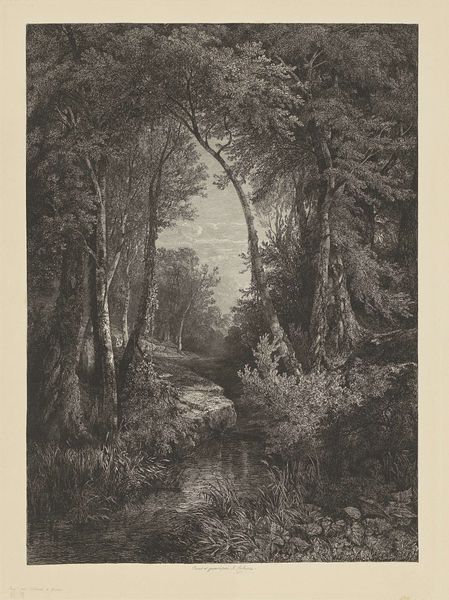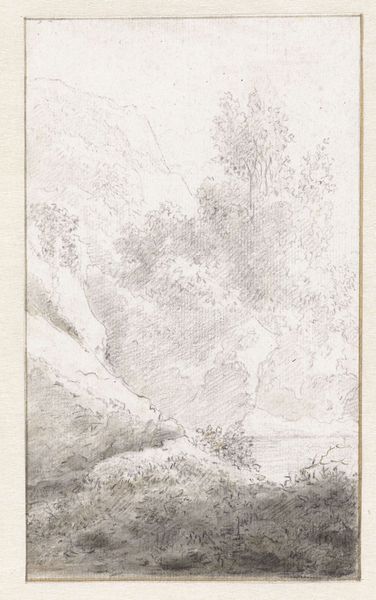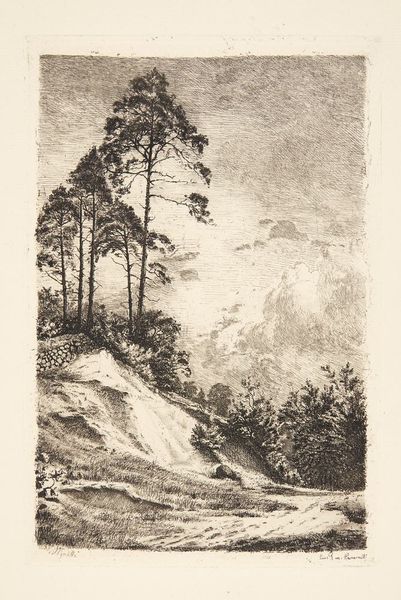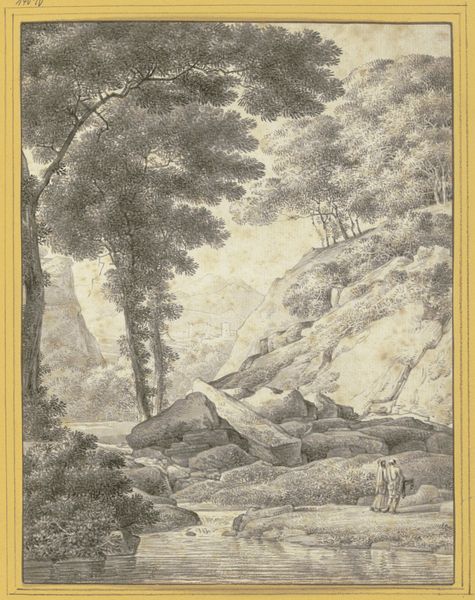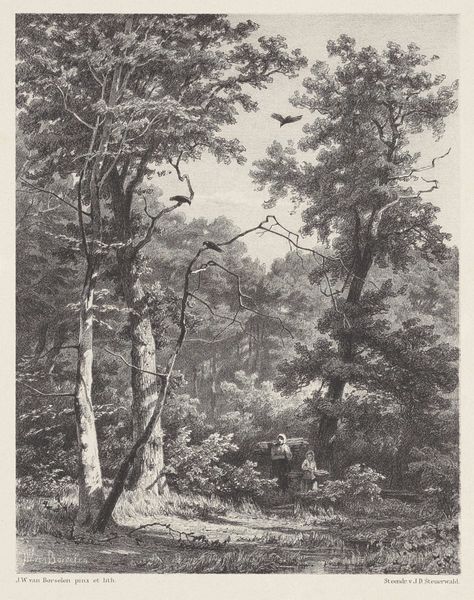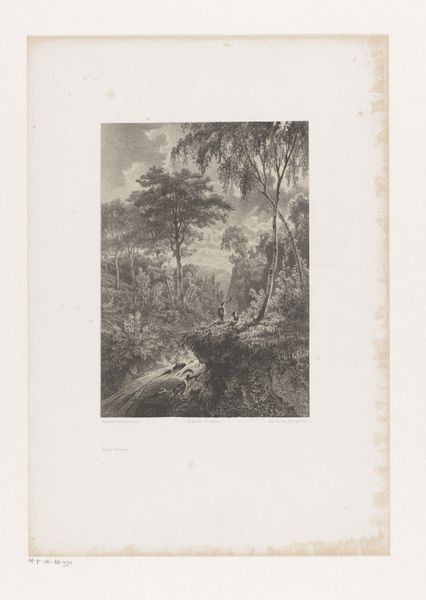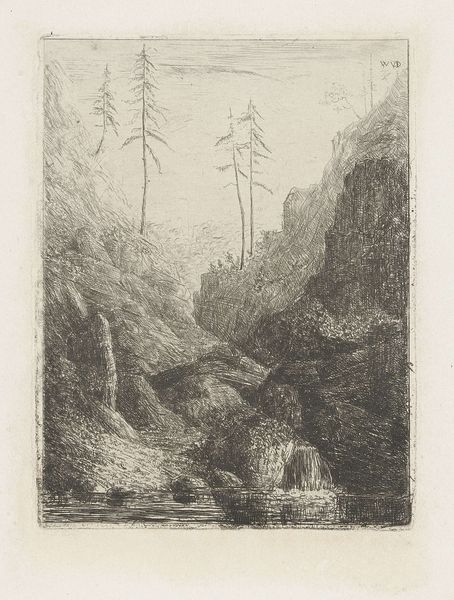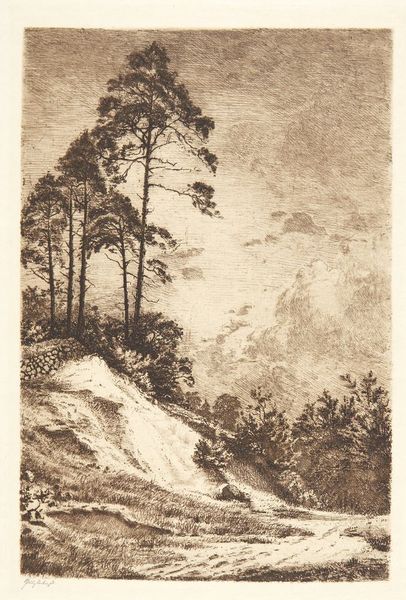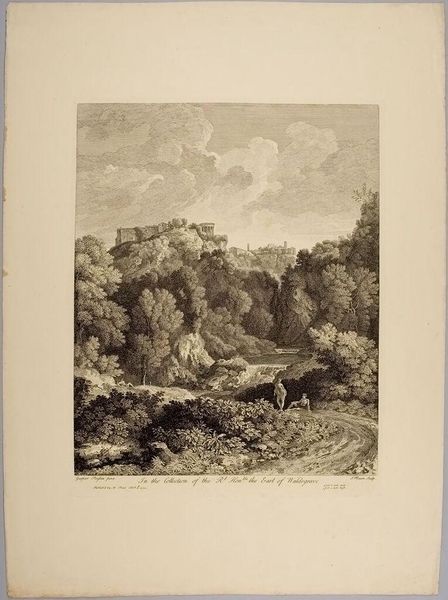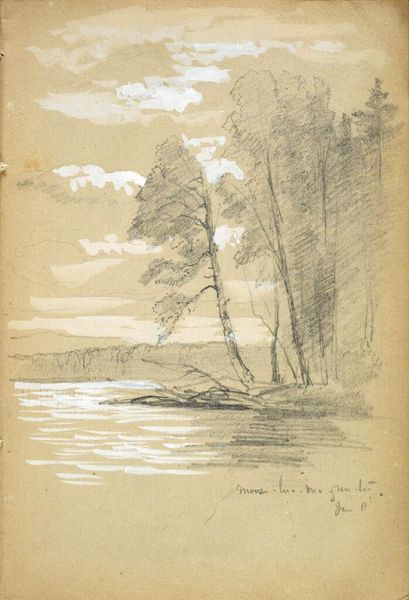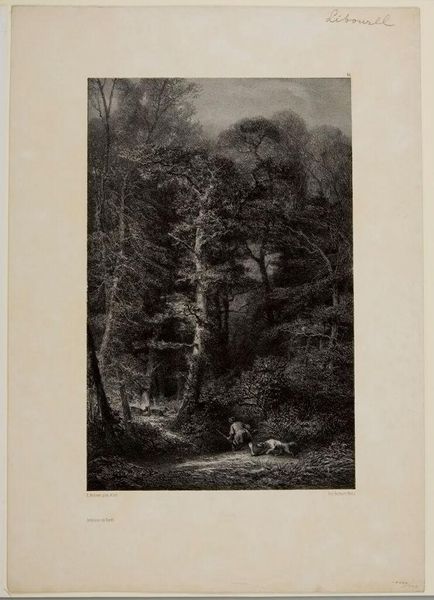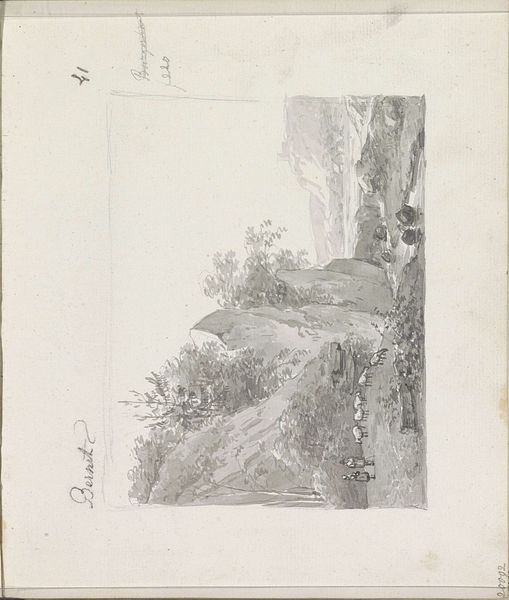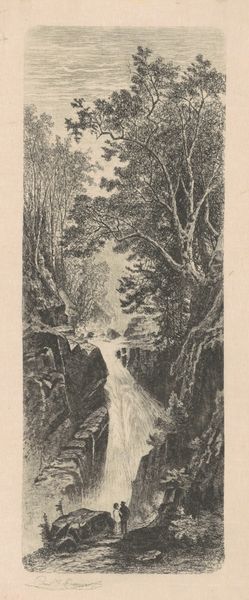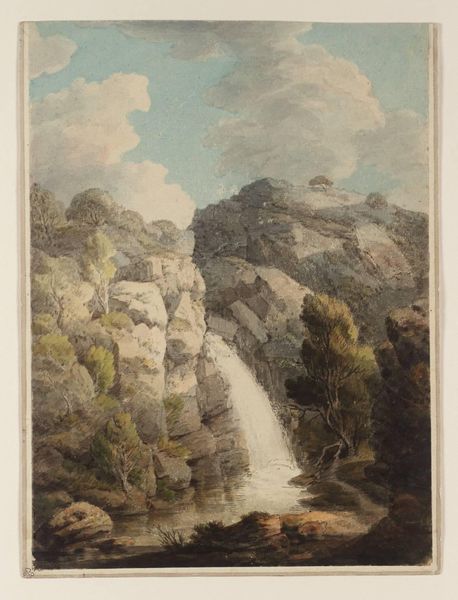
Copyright: CC0 1.0
Curator: Looking at "Watermill on the Wye" by George Baxter, I’m immediately struck by the sense of pastoral tranquility. Editor: Yes, but beyond that prettiness, think about the actual labor implied here. A watermill signifies industry, harnessing natural resources for production. Curator: It’s more than just industry, though. Water, in a symbolic sense, is often associated with purification, renewal, the subconscious—themes that resonate deeply within the collective psyche. The mill becomes a place where the raw is transformed. Editor: Transformed for what purpose, though? Baxter patented a printing process, and this image likely mass-produced. How does this change our reading of the landscape, knowing it was destined for widespread consumption? Curator: Perhaps that speaks to a wider desire for connection to nature, a yearning for a simpler time amid rapid industrialization. This image becomes a symbol of that longing. Editor: I see it more as a commodity. The picturesque, romanticized to sell an idea of rural life, masking the very real exploitation of labor and resources. Curator: I think both interpretations hold merit, really. The image exists in a complex web of symbolism and material conditions. Editor: Indeed. It reminds us that even the most idyllic scenes are shaped by very tangible forces.
Comments
No comments
Be the first to comment and join the conversation on the ultimate creative platform.
